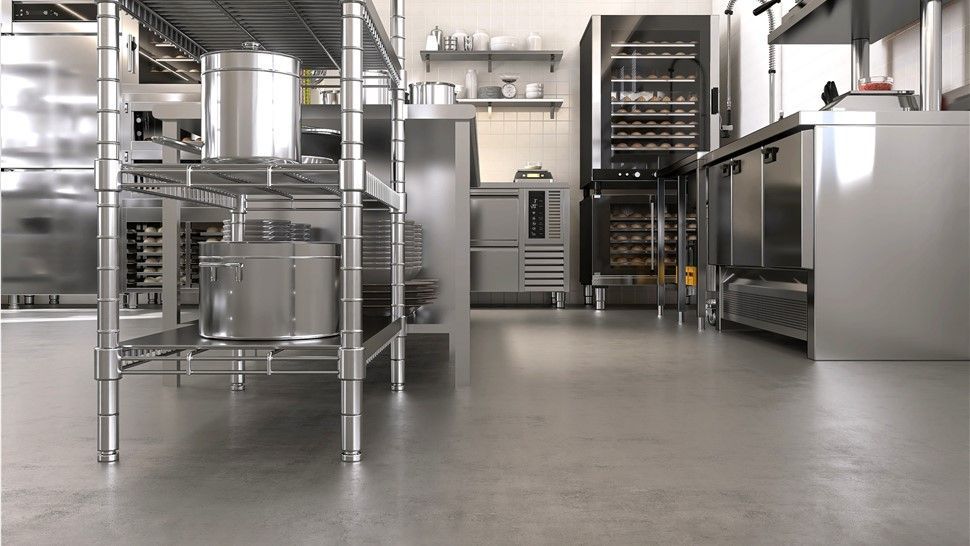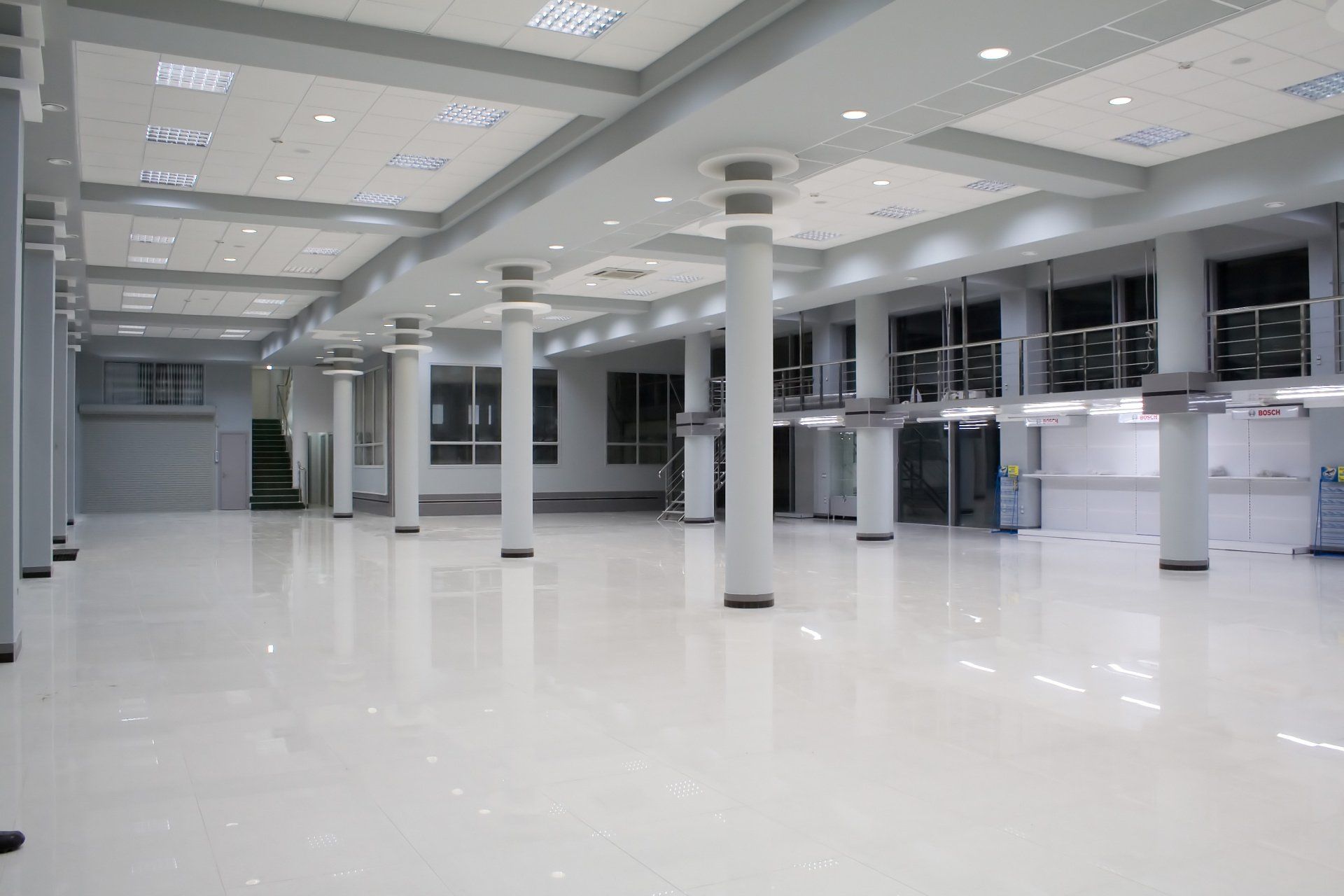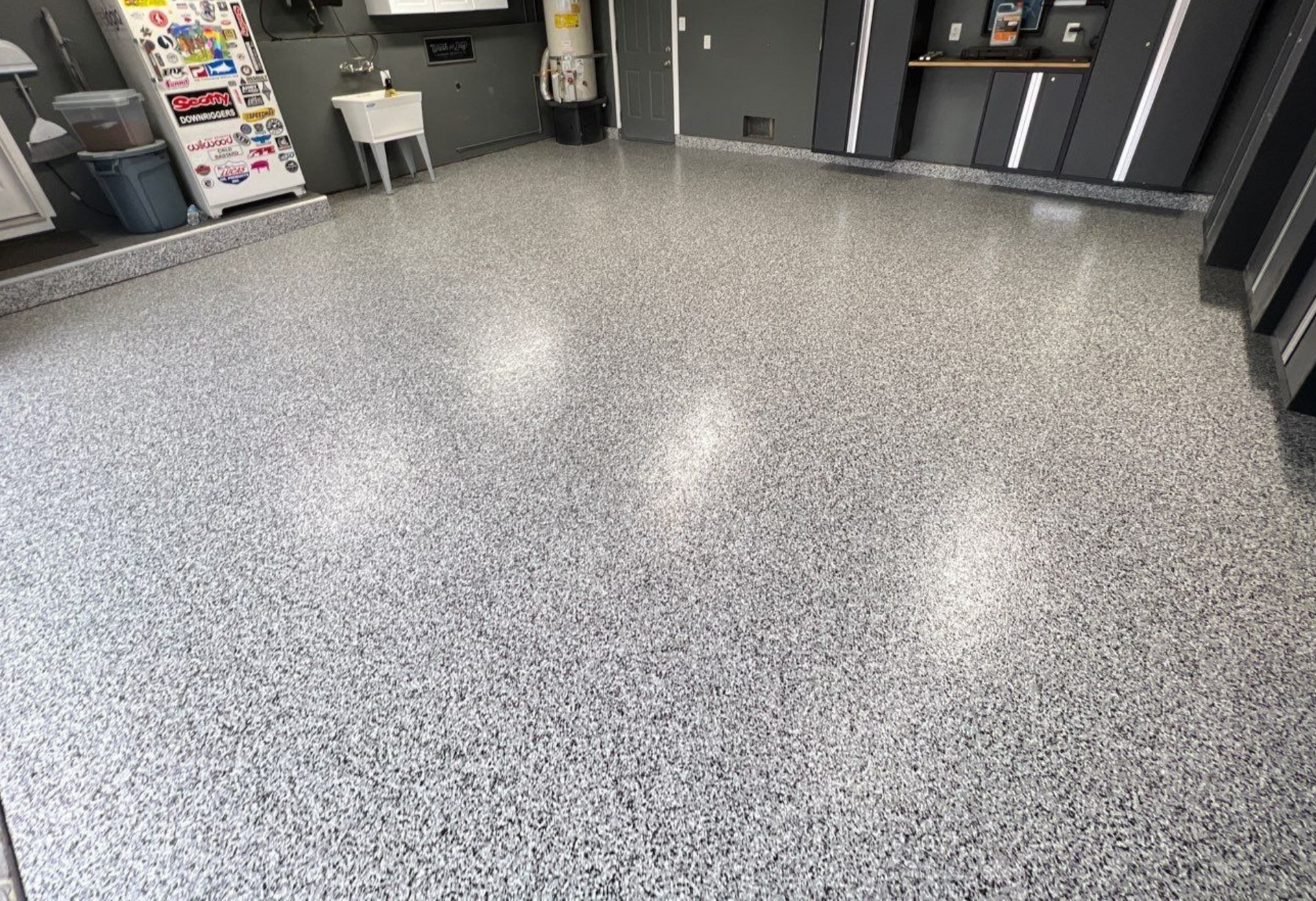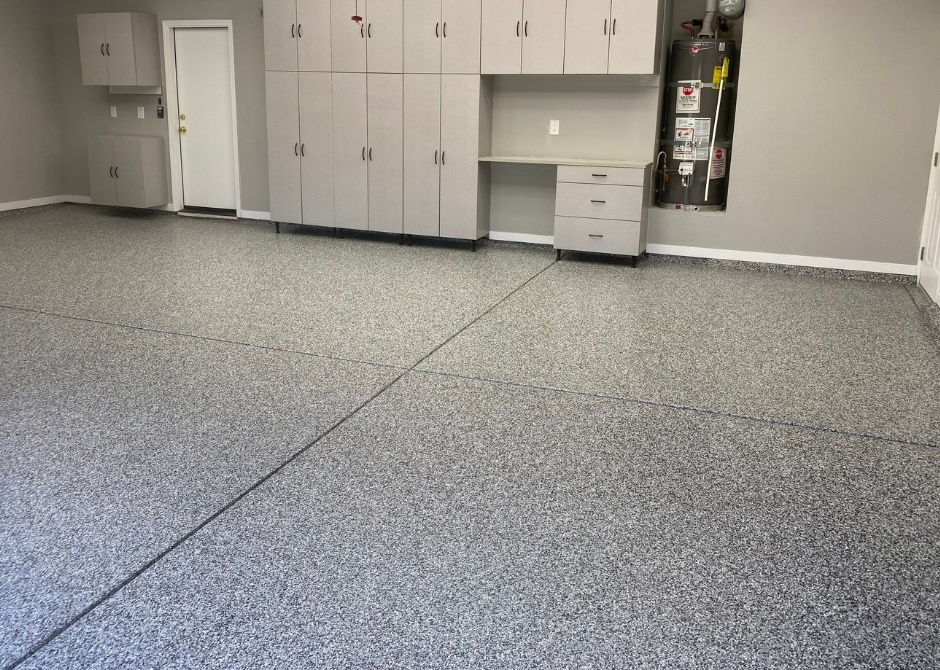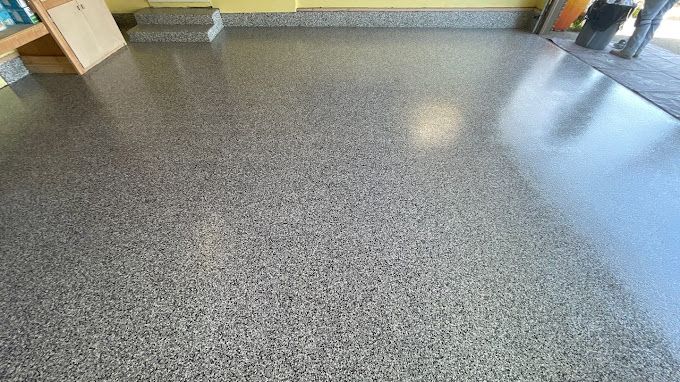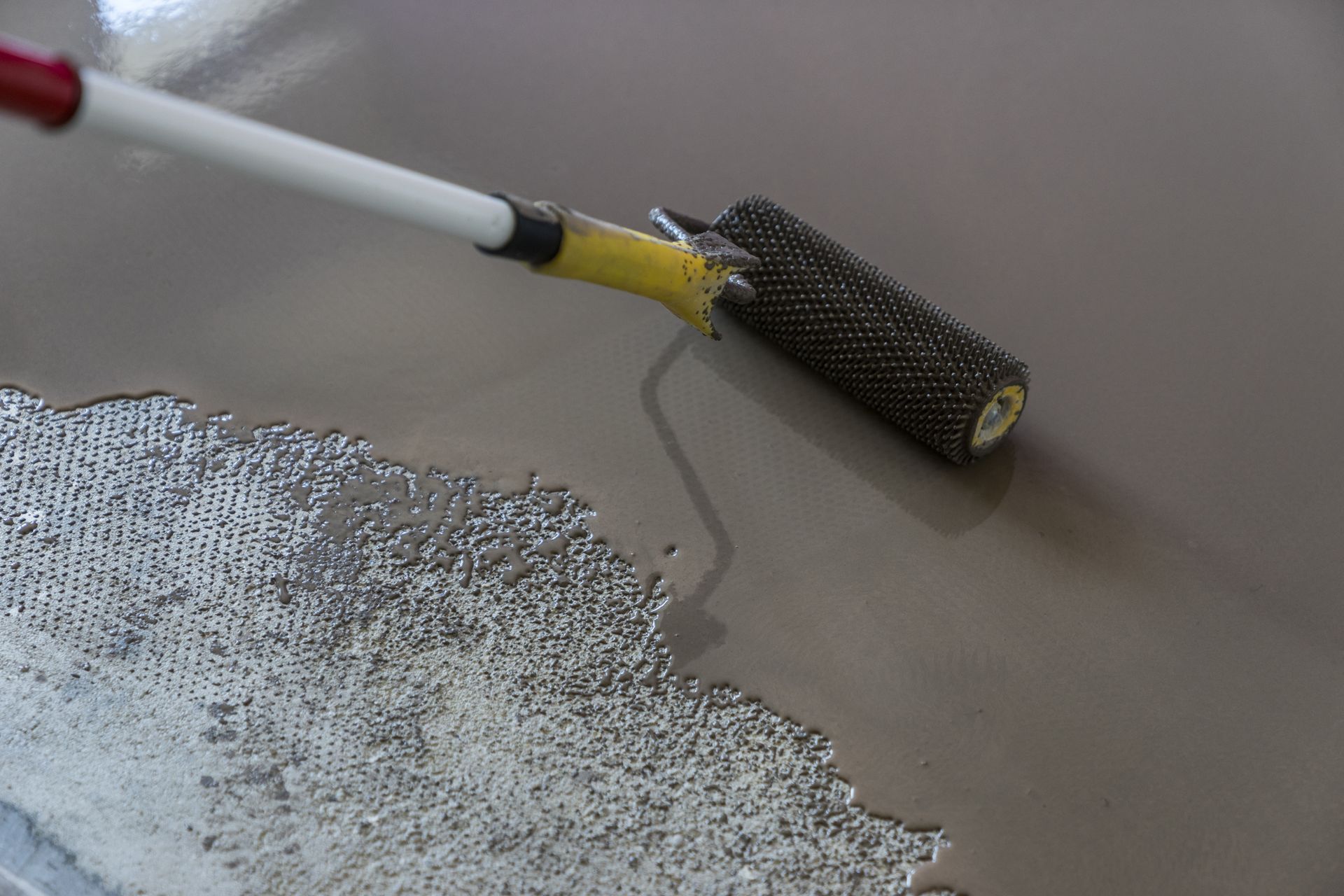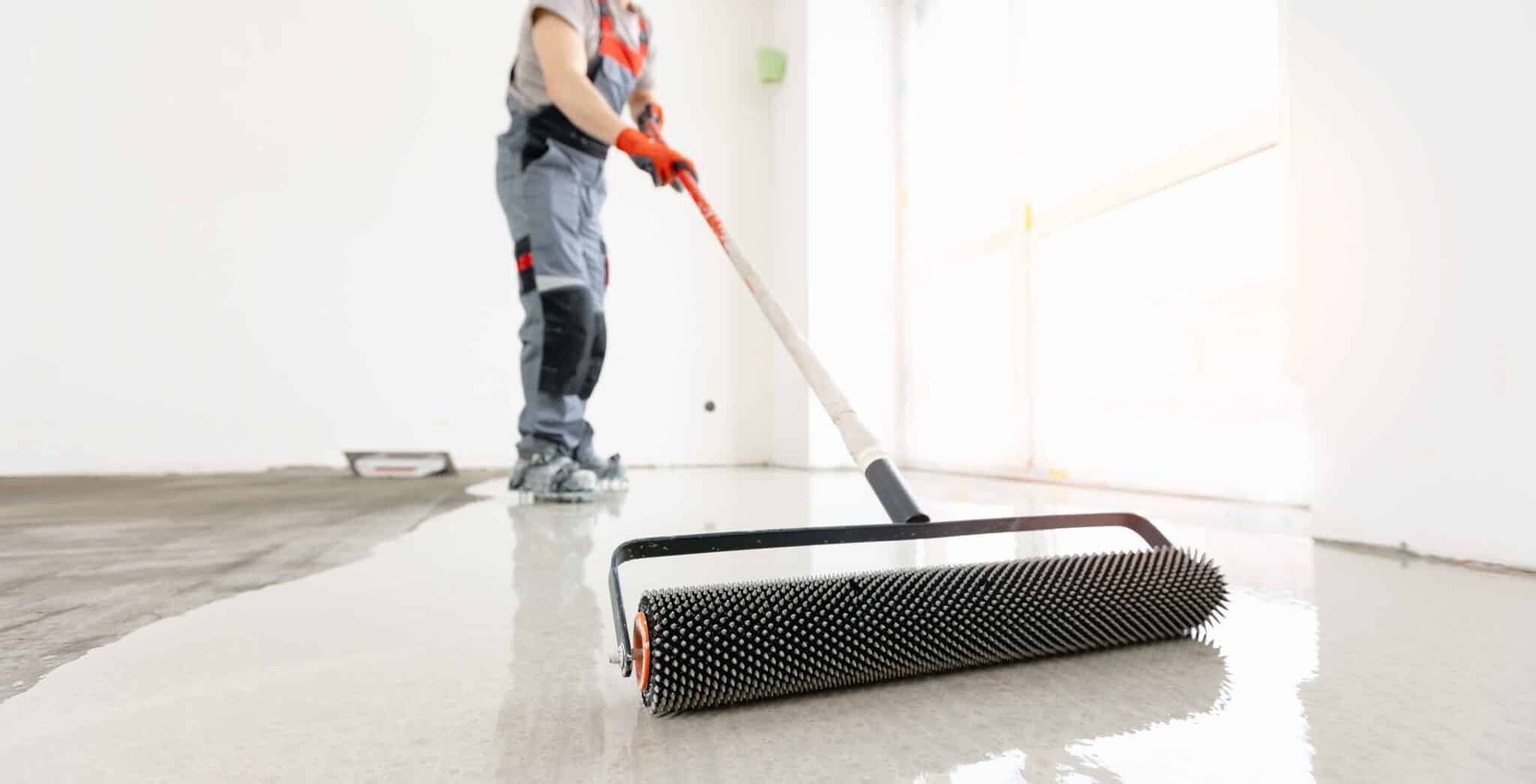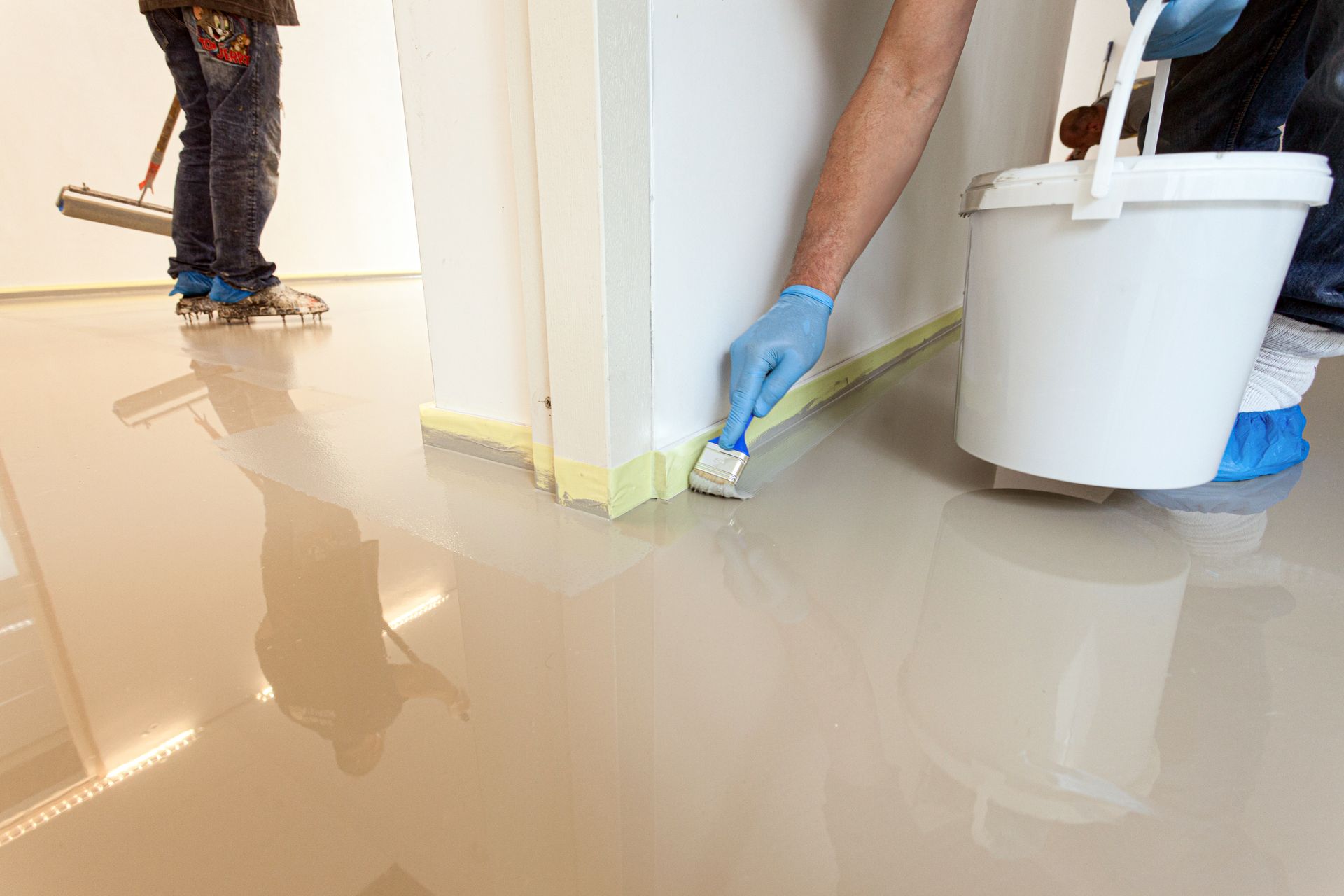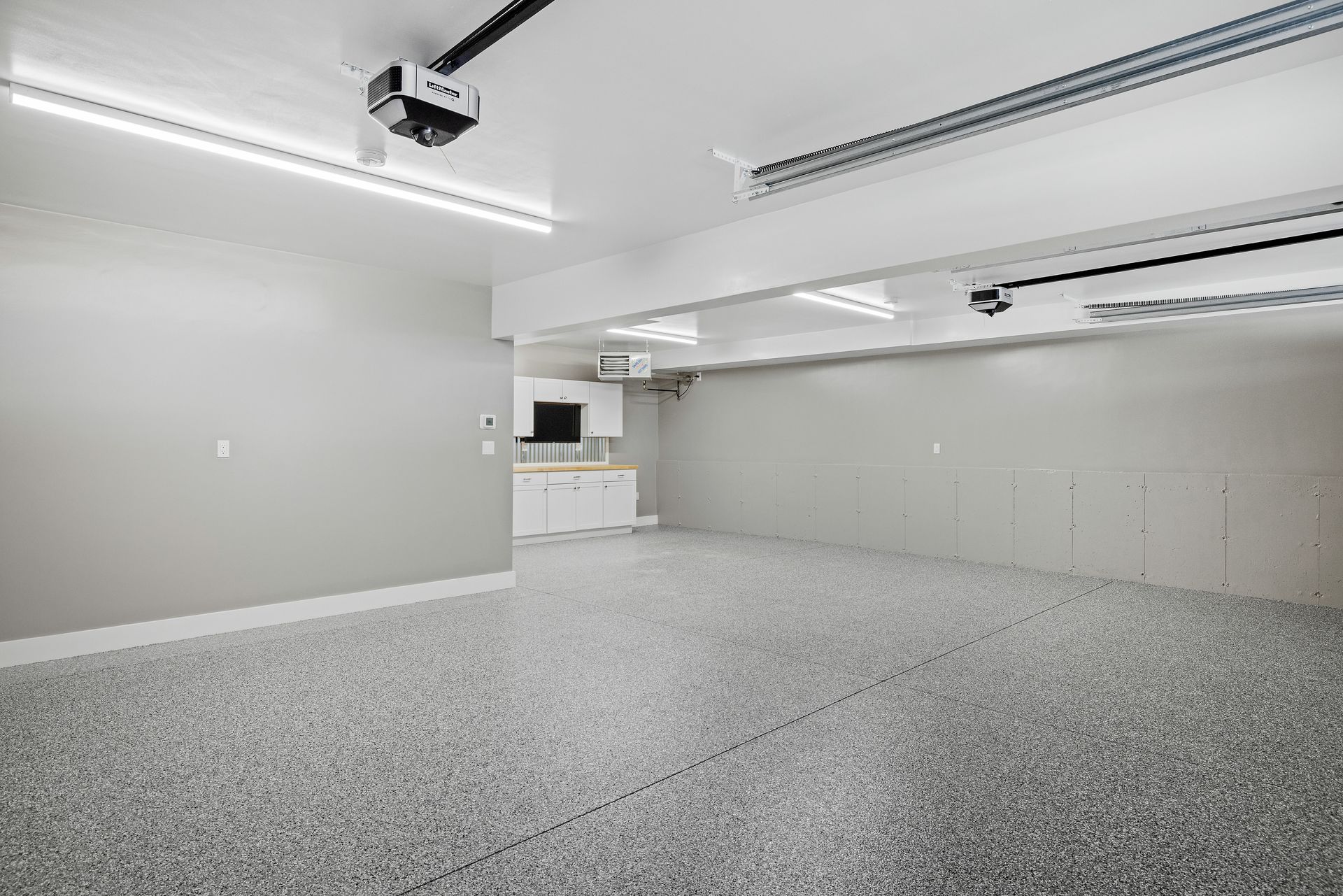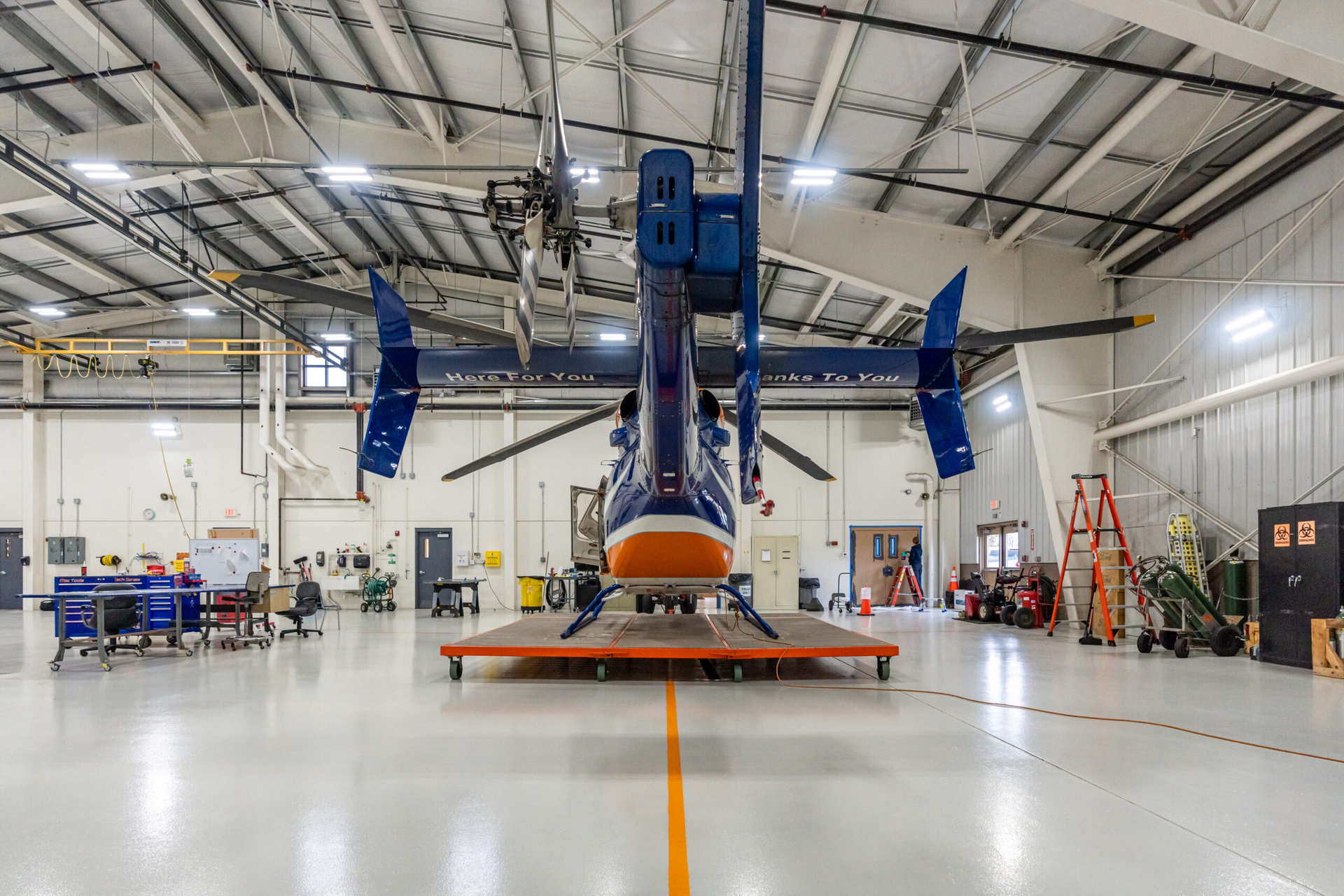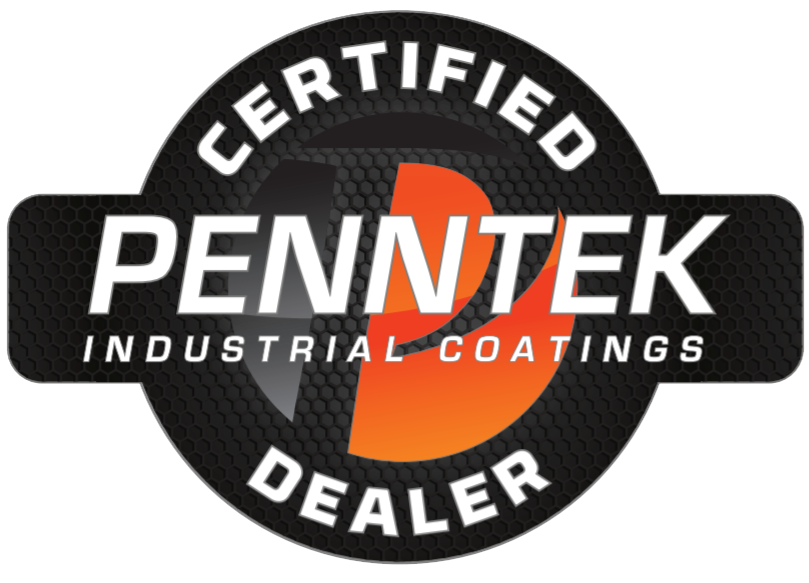Polyurea 101: Everything You Need to Know About This Floor Coating
When it’s time to coat your floors, you would naturally want something that offers the best protection, aesthetic appeal, and longevity for industrial settings. And this is why polyurea has been leading the game. Polyurea is a type of floor coating engineered to tick all the boxes—durability, longevity, curing time, chemical resistance, and thickness.
In terms of market size, polyurea was valued at $1.2 billion in 2023. In the next 10 years, it is expected to reach $2.5 billion—growing at a strong 8.5% in CAGR. These rates are highly influenced by the demand for better coatings in a wide range of industries such as automotive, marine, chemical, and more.
So, if you’re on the hunt for all-in-one high-performance flooring, this might be worth looking into. Here is everything you need to know about polyurea.
What is Polyurea?
Polyurea at its core, is a type of advanced elastomer created from the chemical reaction (called polymerization) between diisocyanate and diamine.
When these two are combined, they form a urea linkage which makes up the foundation of the polymer structure. Polyurea was first developed in the 1980s. Today, it has grown to be a trusted flooring solution for its fast-curing time, durability, and overall flexibility.
What are The Benefits of Polyurea Flooring Coatings?
Ultra-fast curing time
Polyurea falls under a two-component system, with an "A-side" and "B-side." The A-side consists of isocyanates and the B-side blends together the following:
- amine-terminated resins
- chain extenders
- other additives (depending on the provider/manufacturer)
This formulation is what makes polyurea a fast-curing coating. It can cure quickly (within seconds to minutes) and is very ideal for projects with tight timelines.
Durability
The polymerization process of polyurea results in a high concentration of urea linkages. Polyurea is notably durable, abrasion resistant, and can last a lot of wear and tear. It can also withstand harsh conditions and heavy use such as foot traffic, which is why it is great for various demanding industrial applications.
Chemical-Resistant
Polyurea’s densely cross-linked network structure has the ability to limit the diffusion of chemical molecules through its coatings. This can prevent oils and chemicals from penetrating through its surface, preserving its overall integrity and preventing degradation over time.
Water and Weather-Resistant
Polyurea is inherently a hydrophobic material, which means it does not absorb moisture and can repel water from its surface. It also demonstrates excellent stability through various weather conditions, like high humidity and UV exposure.
Flexible and Versatile
Polyurea can be applied on top of a wide range of substrates such as concrete, wood, metals, and select plastics.
The Best Application For Polyurea Floor Coatings
Polyurea’s versatile features allows it to be used in numerous applications, environments, and industries. Here are some of the most common ones we’ve worked with so far:
- Garage and parking floors
- Industrial warehouses
- Food processing plants
- Exterior Applications - Pools, Patios, Walkways
- Decorative floors
How Is Polyurea Installed?
- Surface preparation: Thoroughly clean and dry all existing surfaces from any dirt and contaminants. This can include the process of diamond grinding or shot blasting.
- Priming: To enhance the bond and adhesion of the polyurea coating.
- Mixing of coating
- Application: The coating is then sprayed onto the cleaned and primed surface using a high-pressure gun. This is applied swiftly, as polyurea sets fast.
- Finishing touches: Color flakes or anti-slip aggregates can be added before curing.
Comparing Polyurea with Other Coatings
| Polyurea | Epoxy | Polyurethane | Acrylic | Polysiloxane | |
|---|---|---|---|---|---|
| Cure Time | Seconds to minutes | Hours to days | Hours to days | Hours | Hours |
| Durability | Very High | High | High | Moderate | Very High |
| Chemical Resistance | Excellent | Good | Very Good | Moderate | Excellent |
| Flexibility | High | Low | Moderate | Moderate | Moderate |
| UV Resistance | High | Poor | Good | Moderate | Excellent |
| Moisture Resistance | Excellent | Good | Very Good | Low | Excellent |
| Ease of Application | Moderate | Easy | Moderate | Easy | Moderate |
| Cost | High | Moderate | Moderate | Low | High |
Get The Best Polyurea Coatings In The Market
Your floors deserve more. Get its full potential with Top Coat Concrete’s industry-leading polyurea coatings. Our coatings are 4x stronger than epoxy, UV stable, and come with a 15-year warranty.
